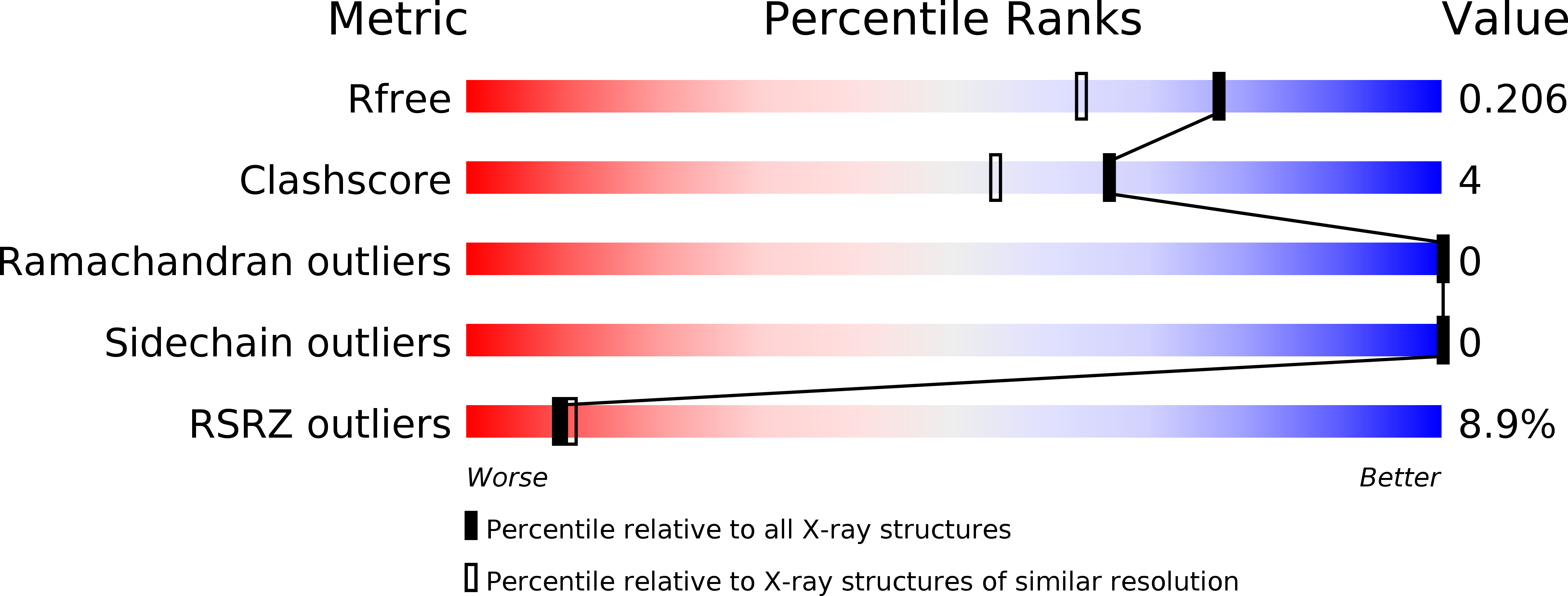
Deposition Date
2017-11-21
Release Date
2018-07-18
Last Version Date
2024-11-20
Entry Detail
PDB ID:
6F1F
Keywords:
Title:
The methylene thioacetal BPTI (Bovine Pancreatic Trypsin Inhibitor) mutant structure
Biological Source:
Source Organism:
Bos taurus (Taxon ID: 9913)
Method Details:
Experimental Method:
Resolution:
1.72 Å
R-Value Free:
0.20
R-Value Work:
0.18
R-Value Observed:
0.19
Space Group:
P 64 2 2


